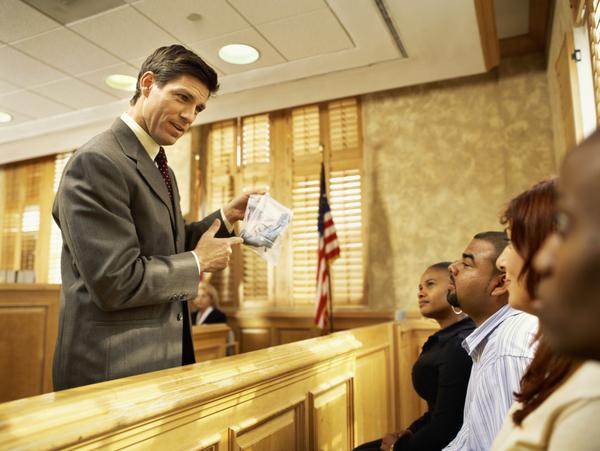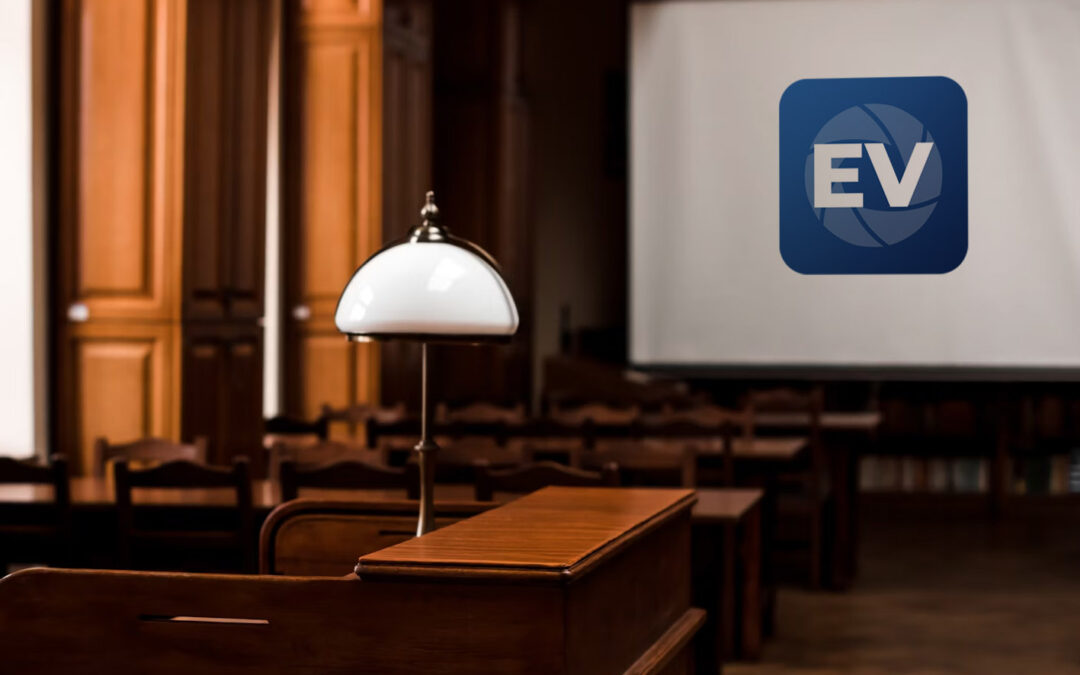Technology-driven trial presentations bring cases to life.
Technology-driven trial presentations bring cases to life.
Blog Article
How Trial Presentations Enhance Your Debate and Convince Jurors
Trial discussions offer as a critical device for enhancing lawful arguments and convincing jurors. By incorporating visual aids, narrative frameworks, and emotional interaction, lawyers can produce an engaging instance that resonates on several degrees. The strategic use of visuals not just clarifies complicated details but likewise catches jurors' focus better than words alone. Nonetheless, the art of storytelling plays an equally essential role in transforming accurate proof right into an engaging story, shaping jurors' perceptions - trial presentations. Comprehending these aspects can dramatically impact trial outcomes, raising the question of how each component adds to this elaborate dynamic.

Significance of Visual Aids
Aesthetic help play a crucial role in enhancing the effectiveness of test discussions, as they can dramatically raise target market interaction and retention of info. In the context of a test, where jurors are charged with processing facility details, aesthetic aids serve to streamline and make clear bottom lines. Charts, graphs, and images can share information and ideas that may or else bewilder or confuse jurors, allowing for an extra uncomplicated understanding of the evidence provided.
Furthermore, aesthetic aids aid in preserving juror attention throughout the process. By breaking the monotony of spoken statement, these devices can stress important disagreements, making them more remarkable. Efficient visual help can also stimulate emotional feedbacks, which can be essential in persuading jurors to straighten with the speaker's narrative.

Crafting Compelling Stories
A compelling story is necessary in test presentations, as it works as the backbone of efficient persuasion. It permits attorneys to weave with each other facts, evidence, and psychological elements right into a systematic story that reverberates with jurors. This narrative framework enables jurors to comprehend the intricacies of the case while assisting them via the attorney's disagreement.
To craft an engaging story, lawyers need to concentrate on quality and comprehensibility. In addition, the usage of dazzling summaries can produce mental images that help jurors visualize the events, making the story extra remarkable.
In addition, incorporating crucial styles throughout the presentation reinforces the core message and help in retention - trial presentations. The story must not only convey information yet additionally evoke a sense of justice, highlighting the risks entailed. Eventually, a well-constructed narrative cultivates a link between the jurors and the case, placing the attorney's argument as both trustworthy and compelling, thereby raising the probability of a beneficial verdict

Engaging the Court Emotionally
Reliable jury interaction hinges on the lawyer's ability to link with jurors on a psychological level. This link can considerably influence jurors' perceptions and their best decision-making. Utilizing sob stories enables lawyers to humanize the case, transforming abstract lawful concepts into relatable experiences. By offering real-life stories or testimonies, lawyers can evoke empathy and concern, fostering a deeper understanding of the problems at risk.
Visual aids, such as photos or video clips, can better enhance psychological involvement, giving jurors with dazzling representations of the case's human elements. Crafting a narrative that highlights the struggles and victories of the individuals included makes sure that jurors see past the lawful debates and identify the human effects of their choices.
A lawyer's enthusiastic shipment can resonate with jurors, enhancing their emotional investment in the instance. It's necessary to balance psychological charms with factual proof, making sure that jurors really feel obliged to act while staying grounded in the reality.
Structuring Your Presentation

The body of the discussion ought to Get More Information be rationally fractional into crucial factors, each sustained by compelling evidence. It is valuable to use storytelling strategies to weave realities into a narrative that jurors can quickly adhere to. Aesthetic aids, such as charts and videos, can improve understanding and involvement, aiding to highlight crucial items of proof.
Real-World Study
Analyzing real-world study supplies invaluable insights into the art of trial discussions and persuasion. For instance, the landmark case of "O.J. Simpson find out here now v. Individuals of The golden state" highlights just how aesthetic help and engaging stories can persuade jury perceptions. The defense group effectively used an approach that incorporated top-level specialist statements with multimedia presentations, which captivated jurors and ultimately affected their choice.
An additional significant example is the "McDonald's Coffee Instance," where the complainant's attorneys made use of graphic photos of the injuries endured by Stella Liebeck. trial presentations. This stark aesthetic evidence played a crucial duty in communicating the extent of her burns, causing a significant court award. Such instances demonstrate that impactful test presentations commonly hinge on the reliable integration of visuals and narration to evoke psychological responses from jurors
Moreover, the "Casey Anthony Test" highlighted the significance of narrative comprehensibility and integrity. The prosecution's failing to establish an engaging timeline diminished their convincing power, underscoring click here to find out more the requirement of a well-structured discussion. Evaluating these instances reveals that successful test discussions require calculated preparation, psychological engagement, and the capability to reverberate with jurors' worths and beliefs.
Final Thought
Test discussions substantially improve disagreements and convince jurors through the strategic use of aesthetic help, compelling narratives, and emotional involvement. A well-structured discussion equilibriums emotional appeals with factual proof, eventually resonating with jurors' values.
Report this page